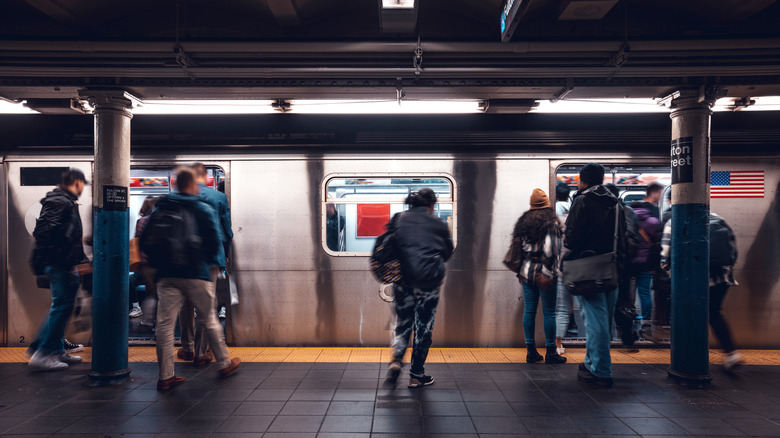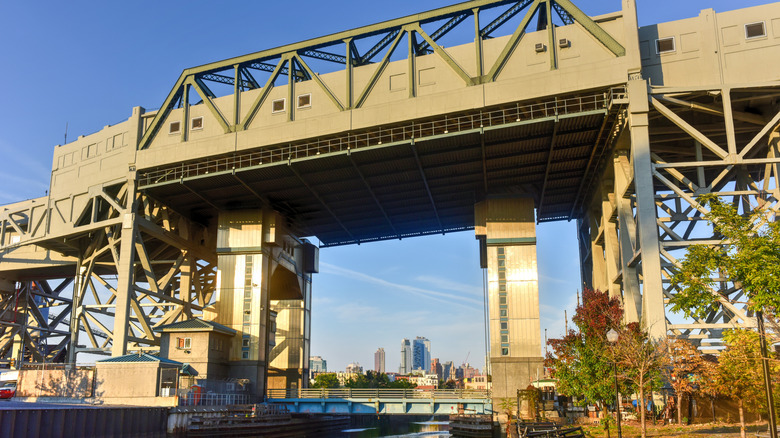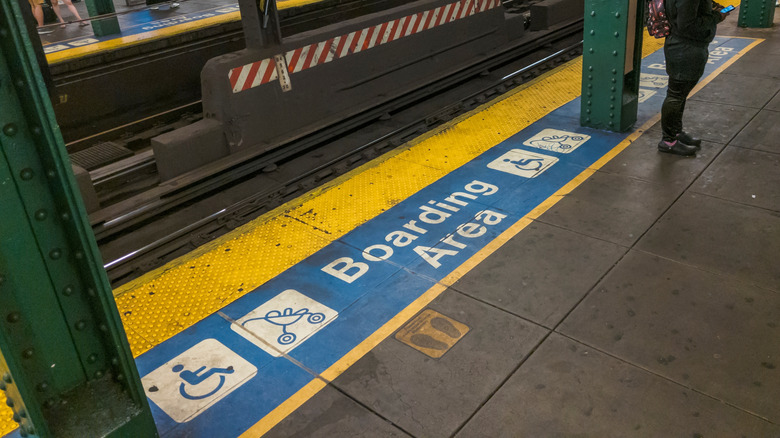New York's Awaited Subway Station Accessibility Upgrade Will Help Locals & Tourists Alike
The Metropolitan Transportation Authority (MTA) stands as North America's largest public transit network, managing a huge system that supports more than 15 million residents across the greater New York City region. With 472 subway stations and a fleet of other transportation services, it surpasses all other U.S. systems combined. This system handles immense daily demands. In 2024 alone, the subway annual ridership hit 1.195 million, a post-pandemic high, but still matching only 70% of pre-pandemic numbers. The subway is a lifeline for work, education, essential services, leisure, and planning. But this century-old infrastructure has long struggled with accessibility shortcomings. Most stations were constructed before the 1990 Americans with Disabilities Act, with less than 25% equipped with features like elevators or ramps. Accessible station stops are often spaced out some 30 blocks or more, which creates large hurdles for riders who are unable to navigate stairs.
These persistent barriers prompted legal action, culminating in a landmark class-action lawsuit against the MTA. Disability advocates argued that the system's inaccessibility violated federal law and left millions without reliable transit. The 2022 settlement agreement marked a turning point, one where the MTA agreed to make at least 95% of the 364 currently inaccessible stations usable by 2055. This includes dedicating nearly 15% of its five-year capital budgets to accessibility projects, part of a broader $68.4 billion plan for systemwide upgrades called the MTA Capital Plan. Among the priorities is the Smith and 9th Street station in Brooklyn's Gowanus neighborhood, home to the city's tallest subway platform. This upgrade addresses a glaring gap in a high-elevation stop that has excluded many users for decades.
The upgrades at the Smith and 9th Street station
Sitting at almost 90 feet above street level, the Smith and 9th Street station has held a unique place in subway lore since its 1933 opening. Designed to clear the Gowanus Canal for large vessels passing underneath, it claimed the title of the world's tallest subway station until 2022. Serving the F and G lines, it connects Brooklyn neighborhoods to broader city routes. However, its height translates to a grueling ascent: Riders face two long escalators, followed by additional stair flights to reach the platforms. Escalators are known to be out of service frequently, forcing riders to tackle multiple staircases, a scenario likened to scaling the Mount Everest of subway platforms.
A major renovation in 2013 revitalized the station's structure, but omitted elevators, with officials claiming them to be too costly and too risky to the structural integrity of the platform. This left the station entirely inaccessible for wheelchair users, those with walkers, or anyone simply unable to climb 87 feet to the platform. For some residents, the station's barriers and escalator outages mean detours to distant accessible alternatives, which can easily disrupt routines and extend travel times. "There's no way for us to get up there," a local told CBS News, highlighting how the platform's high perch isolates communities already underserved by transit options.
Under the Capital Plan's accessibility push, the station will finally gain elevators to make it more accessible to all subway users. The MTA Chief Accessibility Officer Quemuel Arroyo stated to Time Out, "No station better demonstrates the need for accessibility than Smith-9th Street." Local leaders emphasize how the change will help seniors living nearby in public housing, as the station is a vital link to jobs, schools, and medical care.
Broader benefits for locals and tourists
For New Yorkers, the Smith and 9th Street upgrade and similar projects of the plan promise tangible improvements in daily life. Millions with disabilities gain independence through easier station access, which can open doors to employment, healthcare, and community engagement that stairs once blocked. Seniors benefit from reduced physical strain, while families navigating with strollers can find commuting less intimidating. As elevators spread across stations, barriers in high-traffic areas will hopefully diminish and make space for more equitable travel. With enhanced mobility comes the fostering of economic participation, as transit riders already contribute $187 billion in earnings annually. Broader equity emerges as underserved groups can access opportunities that were previously out of reach.
Tourists, who fuel NYC's economy with billions of dollars in spending, also stand to gain from these changes. Elevators can simplify navigation for visitors and tourists hauling luggage, especially at New York's bustling travel hubs near iconic landmarks like Times Square or Central Park. Improved connectivity makes the subway more appealing and can enhance the city's draw as a destination, as some cities can be hellish to get around in by car, and New York is one of the most walkable cities in the U.S. Studies indicate that accessible public transportation boosts urban tourism by enabling smoother exploration. It can also support job growth in areas that tourism sustains, like hospitality and retail.


